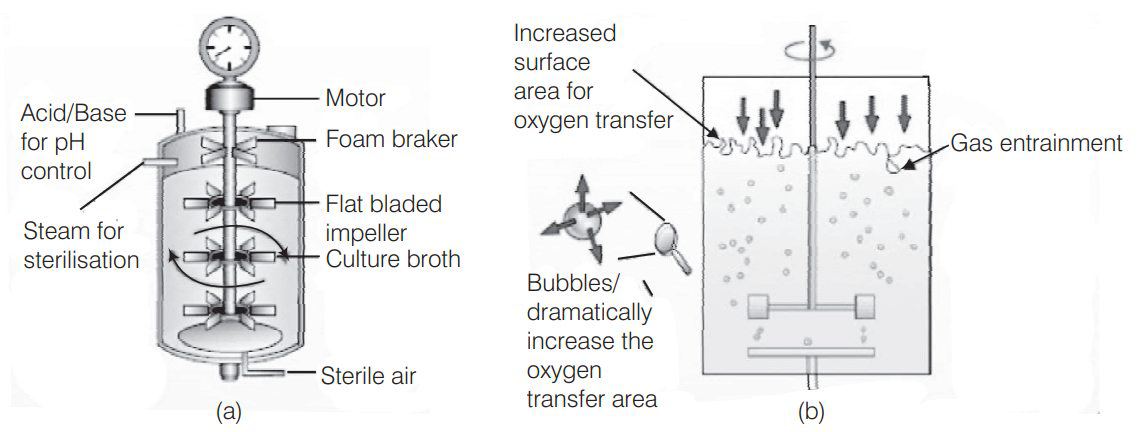For selection of recombinants, insertional inactivation of antibiotic marker has been supercoded by insertional inactivation of a marker gene coding for a chromogenic substrate. Give reasons.
In selection of recombinants due to inactivation of antibiotics, the transformed cells are first plated on the antibiotic plate which has not been insertionally inactivated (i.e., ampicillin) and incubated overnight for growth of transformants.
For selection of recombinants, these transformants are replica-plated on second antibiotic (say, tetracycline) plate (which got inactivated due to insertion of gene).
Non-recombinants grow on both the plates (one carrying ampicillin and the other carrying tetracycline) while recombinants will grow only on ampicillin plate. This entire exercise is labourious and takes more time (two overnight incubation) as well.
However, if we choose insertional inactivation of a marker that produces colour in the presence of a chromogenic compound, we can distinguish between the recombinants and non-recombinants on a single medium plate (containing one antibiotic and the chromogenic compound) after overnight growth.
Describe the role of Agrobacterium tumefaciens in transforming a plant cell.
A soil-inhabiting, plant pathogenic bacterium, Agrobacterium tumefaciens, infects broad-leaved crops including tomato, soyabean, sunflower and cotton, but not the cereals. It causes tumours called crown galls.
Tumour formation is induced by its plasmid, which is, therefore called Ti-plasmid (Ti for tumour inducing). The Ti-plasmid integrates a segment of its DNA, termed T-DNA, into the chromosomal DNA of its host plant cells. The T-DNA causes tumours. As gene transfer occurs without human effort, the bacterium is known as natural genetic engineer of plants.
Plant molecular biologists have started using Ti-plasmids as vectors to transfer foreign genes of interest into the target plant cells. They use a version of the plasmid from which tumour forming gene has been eliminated. The transformed bacteria do not cause disease, but still deliver genes of interest into a variety of plants.
Illustrate the design of a bioreactor. Highlight the difference between a flask in your laboratory and a bioreactor which allows cells to grow in a continuous culture system.
Bioreactors are vessels of large volumes ( $100-1000 \mathrm{~L}$ ) in which raw materials are biologically converted into specific products.
The most commonly used bioreactors are of stirring type, which are shown in figure.
 (a) Simple stirred-tank bioreactor
(a) Simple stirred-tank bioreactor
(b) Sparged stirred-tank bioreactor through which sterile air bubbles are sparged
A stirred-tank reactor is usually cylindrical or with a curved base to facilitate the mixing of the reactor contents. The stirrer facilitates even mixing and oxygen availability throughout the bioreactor. Alternatively air can be bubbled through the reactor.
If you look at the figure closely you will see that the bioreactor has an agitator system, an oxygen delivery system and a form control system, a temperature control system, pH control system and sampling ports so, that small volumes of the culture can be withdrawn periodically.
Small volume cultures are usually employed in laboratories in a flask for research and production of less quantities of products. However, large scale production of the products is carried out in bioreactors.